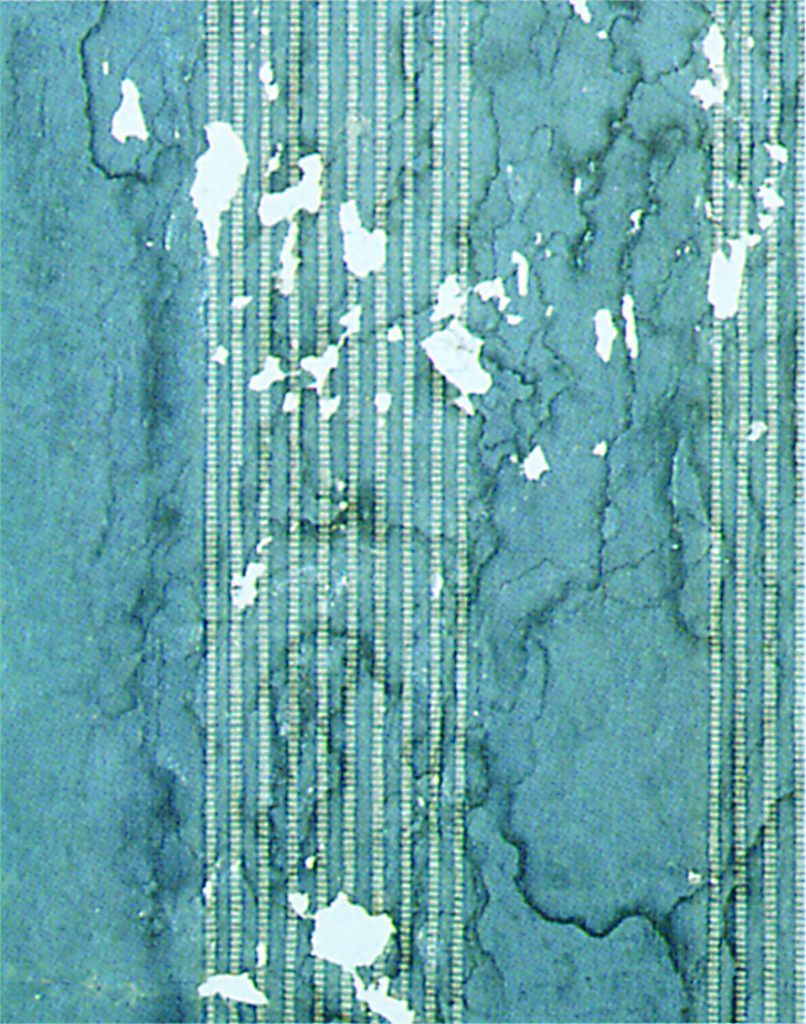Many animals gnaw paper or cardboard, some, for example, doing this in order to get in or out of paper bags or packaging.

There are, however, only a few species, such as boring beetles and silverfish, which actually feed on a diet of paper, which consists almost entirely of cellulose (see p. 107). Glazed paper also contains glues which may, for example, attract cockroaches, and finally damp paper will provide a substrate for the growth of various kinds of fungus, and this makes it a good food source for animals such as wood-lice, earwigs and certain moth larvae.
Various dermestid beetle larvae feed on raw hides, but freshly tanned leather is a very poor source of nutriment. Here, as with paper, damp leather which goes mouldy becomes more attractive as a food.
To an increasing extent artificial materials such as nylon and other plastics are replacing natural products in everyday life. Many of these plastics can be broken down by bacteria and fungi, and thus re-enter the natural chain of events, and this is to be welcomed, but there are still no animal species which have become adapted to feeding on such materials. This is not to say that animals cannot gnaw them, for several mammals and some insects with biting mouthparts can damage the softer plastics, sometimes because they want to get through them, or to nest in them.




